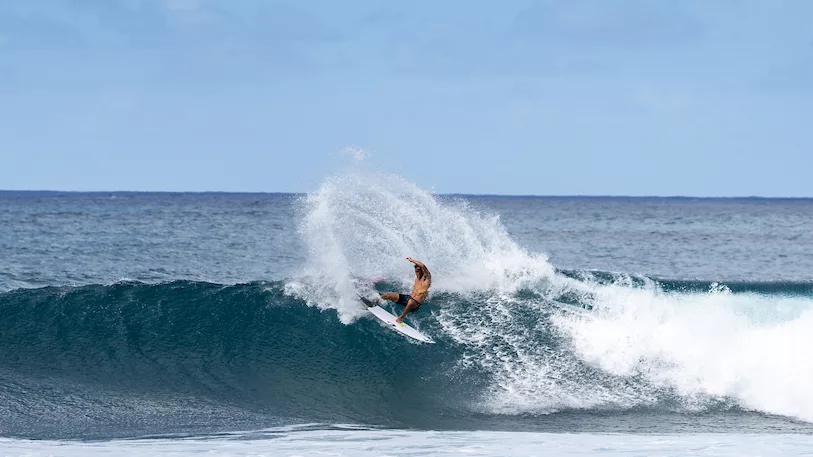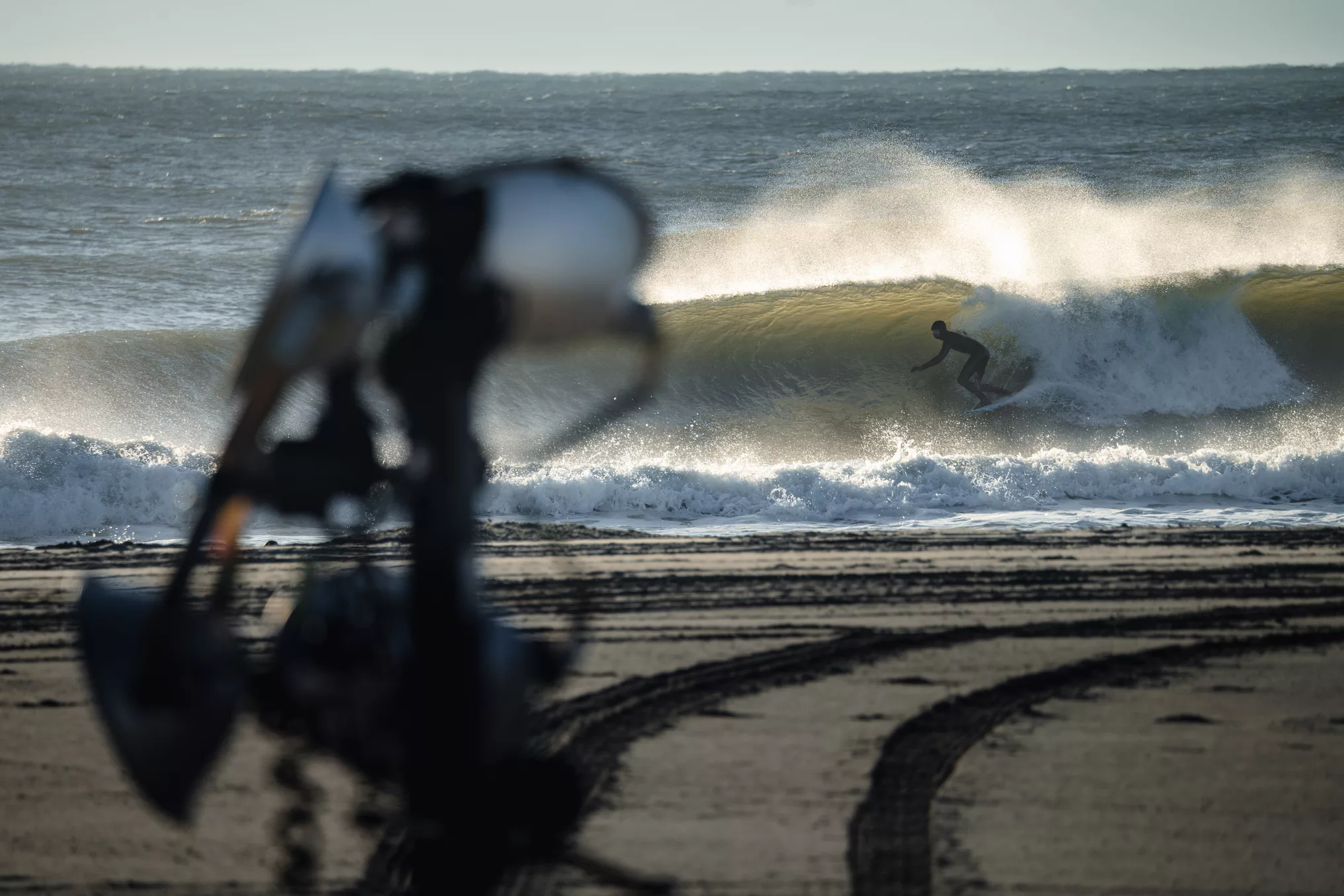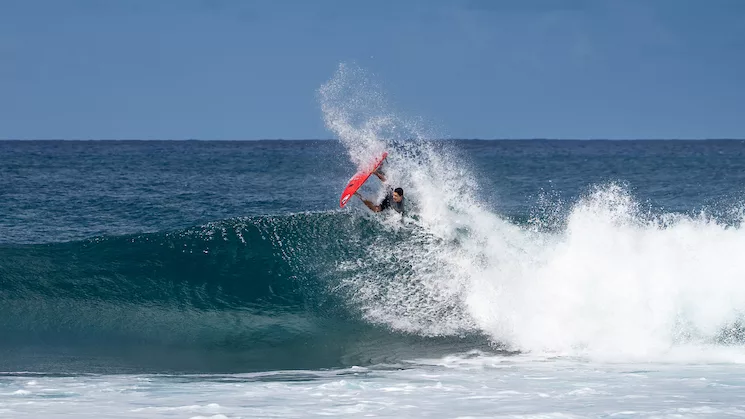The thrilling art of surf photography demands split-second timing and technical proficiency to capture fast action in challenging marine environments. However, even seasoned photographers fall victim to mistakes that result in missed shots or lackluster images.
Learn to recognize and conquer the most common surf photography pitfalls. We will unpack focusing errors, compositional blunders, and missed opportunities for compelling narratives. Discover how to transcend these mistakes through preparation and practice.
Sharpen your skills by understanding where things commonly go astray. Then unlock your potential to consistently produce inspiring surf images worth framing.

Technical Errors That Undermine Image Quality
In fast-paced and fluid surf photography, dialing in correct technical settings ensures properly exposed, sharp images.
Exposure Missteps
The complex interplay of light, motion, and waves makes exposure tricky. Overexposed images lack detail in wave faces, while underexposure obscures the surfer’s form.
Master your exposure settings – aperture, shutter speed, and ISO. Bracket shots and check your camera’s exposure meter. Convert RAW images in post for maximum latitude.
Unsuitable Lens Selection
Choosing the wrong lens or other surf photography equipment for the situation results in limiting or imperfect perspectives. A telephoto zoom lens provides flexibility. Look for fast autofocus capabilities and image stabilization as well.
Bring multiple lenses to shoot wide scenics, intimate portraits, and tight action.
Faulty Focusing
Missed focus is a surefire way to ruin the impact of your images. For rapidly moving subjects, use continuous autofocus paired with single point or dynamic focusing modes to track the surfer accurately.
Pre-focus before the surfer takes off. For static portraits, switch to manual focus. Check focus at 100% magnification in your camera.
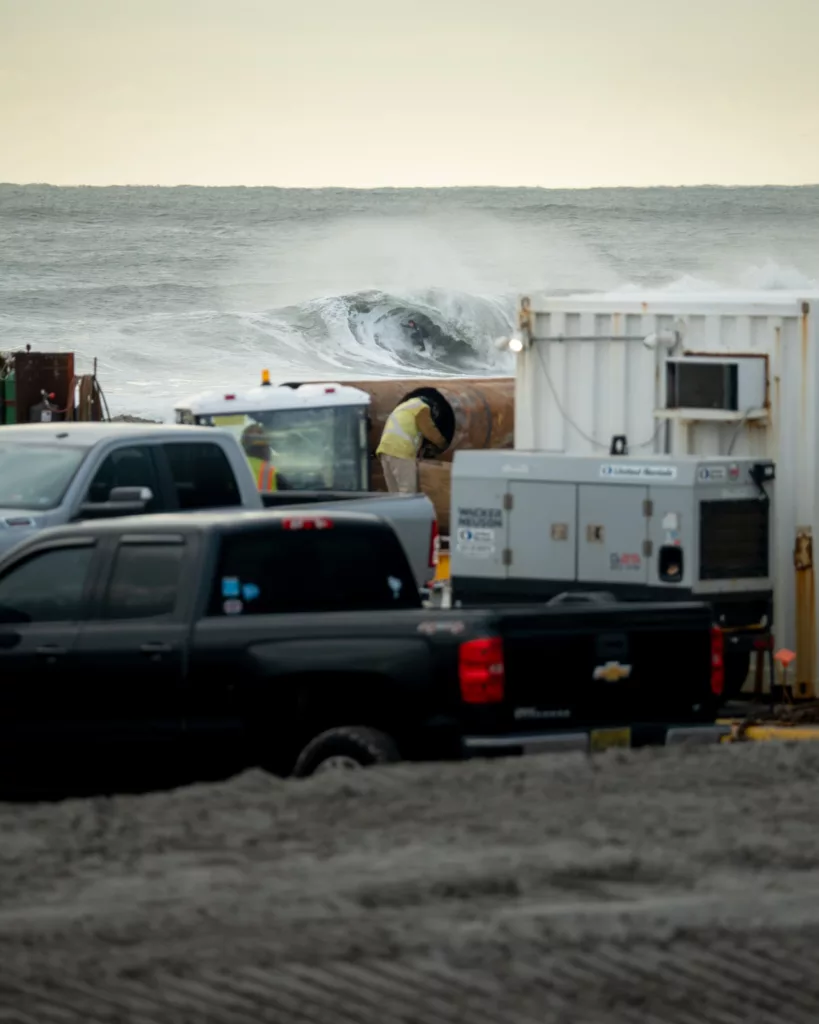
Compositional Mistakes to Avoid
Beyond technical aspects, thoughtful framing and perspective elevate your images from snapshots to artful compositions.
Cluttered Backgrounds
Failing to simplify backgrounds is a common pitfall. Survey potential shots beforehand and frame tighter on the surfer to minimize distracting elements. Shoot from angles that place the subject against clean backdrops of open sky or sea.
Poorly Balanced Framing
Unbalanced compositions with too much empty space or poorly aligned elements look haphazard and amateurish. Apply the rule of thirds, leading lines, and headroom and nose room principles to craft artful, intentional compositions.
Lack of Planning and Foresight
Reactively shooting whatever unfolds results in mediocre images. Visually plan your shots by studying wave and surfer patterns. Anticipate the peak action so you can prepare your settings and positioning in advance. Scout locations for stirring perspectives.
Here is a video with some tips on surf photography:
Missing the Emotion and Failing to Tell Stories
Looking beyond individual maneuvers and harnessing natural light, emotion, and sequencing conveys the soulful thrill of surfing.
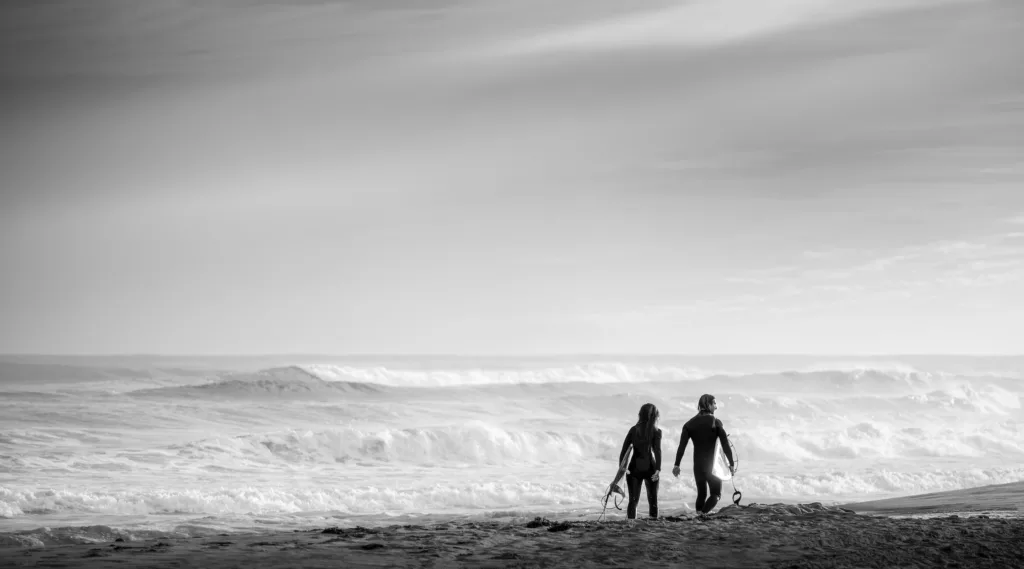
Devoid of Feeling
Focusing solely on physical feats often strips away the passion. Zoom out and capture surfers’ expressions of joy, creative flow, adrenaline, determination, companionship. Allow body language and emotions to help tell the story.
No Defined Narrative
Randomly shooting stationary moments fails to convey progression. Study the waves and sequence your shots methodically to showcase rides from start to finish. Portray the journey, not just the crescendo.
Ineffective Use of Light and Post-Processing
Flat, unenhanced images lose impact. Master lighting techniques and post-processing skills to amplify drama and artistry. Learn to wield light judiciously and refine color, contrast and tone for maximum effect.
By recognizing where mistakes arise, you can actively avoid these pitfalls. Explore technical field guides, apply compositional principles regularly, and study the storytelling of surf photography masters.
Stay determined to progress through repetition. Ask for constructive feedback from experienced surf photographers. With an avoidance of common errors and dedication to your craft, your wave-riding imagery will lose mediocrity and gain magnificence. We can’t wait to see your A+ surf shots!
